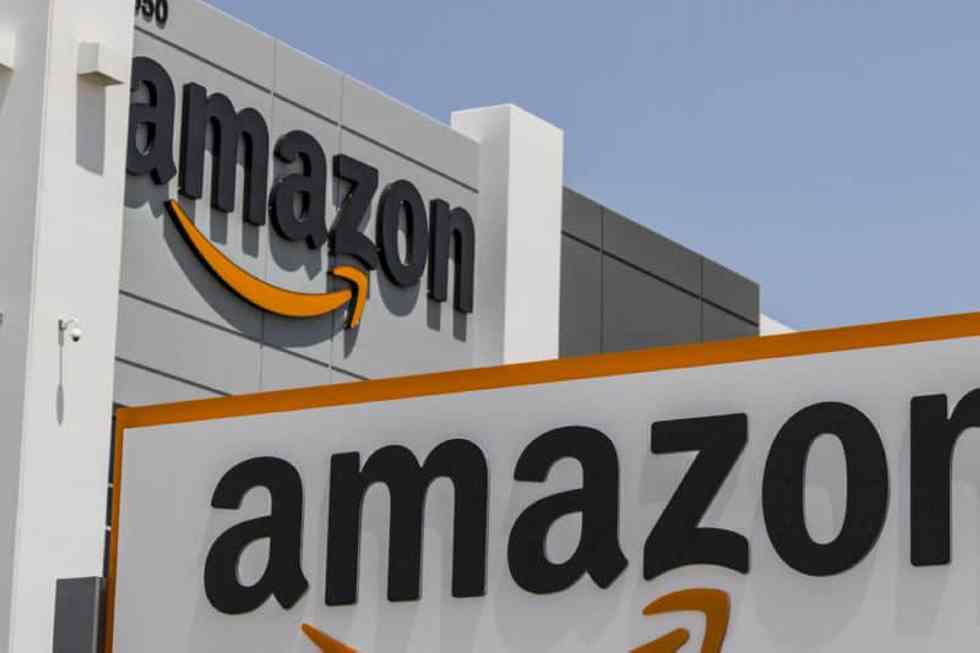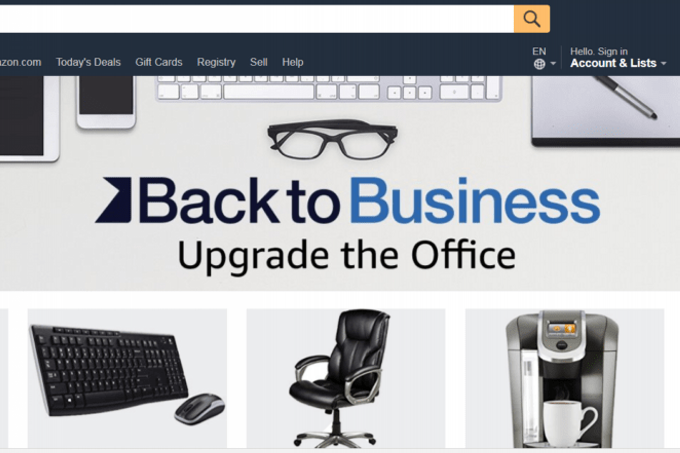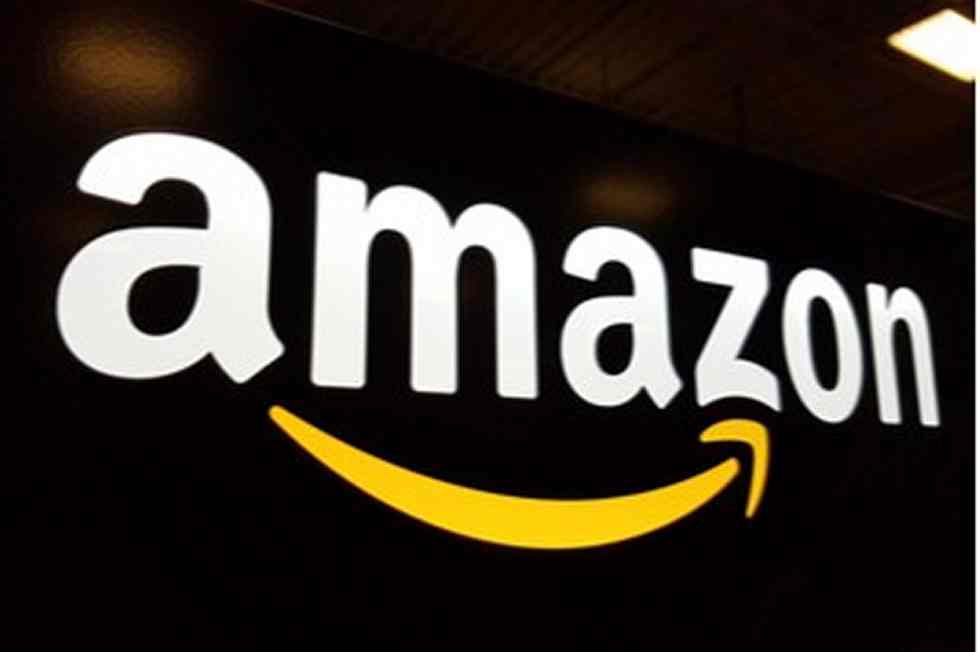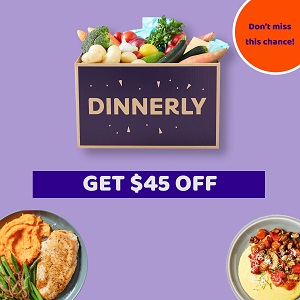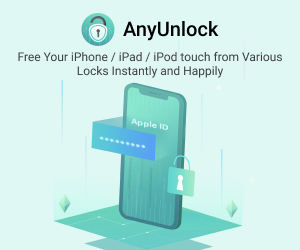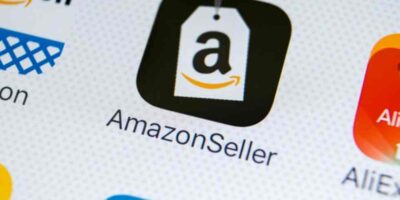
The longer term for a lot of sellers on Amazon.com Inc.’s Vendor Central platform is in limbo.
On March 4, plenty of Amazon.com wholesale suppliers didn’t obtain buy orders they sometimes obtain on Mondays. After days of uncertainty and a void in communication from Amazon, most of the suppliers, generally referred to as first-party or 1P sellers in Amazon lingo, did obtain buy orders over the weekend, whereas others nonetheless are ready, retailers inform Web Retailer. The precise variety of suppliers affected shouldn’t be recognized, however consultants speculate it was within the 1000’s.
However the days of uncertainty with varied automated responses from Amazon have given many first-party sellers a wake-up name that their future as distributors to Amazon could also be in danger.
“We want to consider the place we’re committing our assets and what we must always readjust or reallocate,” says Jay O’Neall, vp of wholesaler Nostalgic Warehouse. “That is actually a wake-up name, and we’re not alone.”
Amazon suppliers promote their product to Amazon on wholesale phrases, and Amazon then sells the product on Amazon.com and likewise warehouses and ships the merchandise. First-party sellers work in Amazon’s Vendor Central platform, and Amazon does the work of making and managing the product itemizing. That is separate from marketplaces sellers, often known as third-party sellers or 3P sellers, which work within the Vendor Central platform. These retailers pay Amazon.com a fee on every sale (which varies by class however on common is 15%) and have to take care of their very own product listings. Sellers on Amazon’s market accounted for 52% of items offered globally in the course of the fourth quarter, Amazon reported. Retailers can promote on each platforms.
Amazon retailers that didn’t obtain their regular wholesale buy orders
Consultancy Market Technique works with about 65-70 retailers that promote as a first-party vendor to Amazon.com, says CEO Drew Kraemer. About 20% of Market Technique’s shoppers didn’t obtain their typical buy order final week, Kraemer says.
He says distributors having buy order points share some commonalities. They’re distributors with lower than $10 million in gross sales yearly to Amazon, or that offer doubtlessly low-profit merchandise. A decrease revenue merchandise could be a heavy product that prices rather a lot to ship, thus affecting Amazon’s capacity to make a revenue on its sale.
Pink Rocks E-commerce Consulting, a consulting agency that manages 25 manufacturers to assist them promote on or to Amazon, mentioned about 10% of its Amazon first-party shoppers didn’t obtain their regular buy order, associate Irina Balyurko says. These shoppers have lower than $2 million in annual gross sales on Amazon, though Balyurko additionally speculates that Amazon factored in profitability into this resolution, she says.
If 1P sellers despatched Amazon a message about not receiving their regular buy orders, Amazon’s response was one in all three flavors:
- It was a technical points and a purchase order order would come quickly.
- A purchase order order was not issued for that vendor and Amazon is uncertain if one can be issued quickly.
- It isn’t issuing a purchase order order and sellers ought to transfer from Vendor Central to Vendor Central.
Some sellers obtained a message later that a purchase order order “can be coming.” Some did obtain one and a few didn’t.
Amazon’s message to first-party sellers offered to Web Retailer by Hub Dub Ltd. Highlighted for influence.
At Hub Dub Ltd.—which is a first-party vendor to Amazon and sells a number of manufacturers beneath its title—about 15 of its 55 manufacturers didn’t obtain a purchase order order because it usually would, says CEO Eddie Levine, who additionally operates a consultancy for Amazon sellers referred to as Wholesale Breakthrough. Not like Kraemer and Balyurko, he didn’t discover a sample amongst manufacturers that did and didn’t obtain buy orders, as some small manufacturers with lower than $1 million in gross sales did obtain a purchase order order, and a few with a number of million didn’t, he says.
The entire 15 manufacturers that didn’t obtain their regular buy order did obtain them by the weekend, together with a message encouraging them to use to the Model Registry program. Model Registry is Amazon’s program whereby model homeowners with registered trademark can get entry to instruments to beef up their presence on Amazon, reminiscent of making a model storefront and movies.
O’Neall, at Nostalgic Warehouse, which is a first-party vendor that manufactures and distributes door {hardware}, was among the many sellers that didn’t obtain a purchase order order as anticipated on March 4 however did by the weekend. The service provider was inspired to enroll in Model Registry, and seeing no draw back, did so.
The phrasing of Amazon’s computerized message to first-party sellers is notable, Levine says. First, Amazon places in writing that it prefers to supply merchandise instantly from model homeowners, which he says is one thing it has not carried out earlier than.
The transfer might should do with Amazon cracking down on counterfeit items, each Levine and Balyurko say. If Amazon buys solely brand-registered merchandise on a wholesale foundation, it rids itself of the issue of promoting unauthorized items instantly, he says. Nonetheless, this may occasionally solely push the issue onto Amazon third-party market.
“Amazon is in search of methods to unravel the counterfeit downside, and dealing instantly with model homeowners on a 1P mannequin is likely one of the methods they’re making an attempt to unravel it,” Balyurko says.
Amazon encourages Model Registry and Vendor Central and should eliminate Vendor Central
The be aware encouraging Model Registry is also cryptic. Amazon doesn’t explicitly say it would cease ordering from distributors that aren’t Model Registered, however it does say to enroll inside 60 days and states “enrollment in Model Registry will probably be essential for distributors going ahead.”
Plus, the message funnels non-brand homeowners to Vendor Central, to be a vendor on its market. Levine says this factors to Amazon seemingly not chopping off all non-registered model homeowners instantly, however it’s seemingly phasing them over to Vendor Central in waves.
Amazon has not offered rather more info past this. “We commonly overview our promoting associate relationships and make modifications once we see alternative to offer clients with higher choice, worth and comfort,” says an Amazon spokesperson.
Kraemer additionally speculates Amazon is getting ready to shift extra Vendor Central retailers over to make use of the Vendor Central platform. Merging Vendor and Vendor Central is sensible for Amazon, as it could actually acquire economies of scale, Kraemer says.
“They wish to have scale in the whole lot they promote and there’s a price burden for them,” he says.
“We’re seeing numerous indicators to doubtlessly combine each Vendor Central and Vendor Central,” he provides. For instance, Amazon offers a vendor supervisor for its Vendor Central shoppers. Nonetheless, a lot of Market Technique’s first-party vendor shoppers have seen that their devoted supervisor has been changed with an automatic system.
This occurred to Nostalgic Warehouse’s O’Neall. He says that his account had a vendor supervisor although April 2018 who then disappeared for eight months till about two months in the past. “Out of the blue we have been contacted by an actual individual in Seattle who mentioned she was our new vendor relationship supervisor,” he says. “We’ve tried to contact her about this case and we’ve gotten crickets.”
After days of Nostalgic Warehouse not receiving its regular buy order final week, Amazon despatched the service provider 105 buy orders for a beforehand agreed to and accepted bulk stock order. The next day, Amazon canceled every order one after the other, with none communication, O’Neall says. A number of days later, once more the 105 buy orders got here in, and once more Amazon declined them one after the other the following day.
“It makes you suppose if anyone is minding the shop over there or what’s happening,” O’Neall says.
Simply yesterday on March 12, O’Neall obtained a purchase order order for about two-weeks value of stock, together with a bulk purchase order.
“That is clearly very irritating and tough to handle,” O’Neall says. “Amazon is a big a part of our enterprise, and now we have scaled our operation to handle their quantity and want for expedited success.”
Nostalgic Warehouse’s annual gross sales to Amazon are lower than $5 million, which is a large chunk of its annual enterprise, O’Neall says. It additionally wholesales its merchandise to retailers reminiscent of Construct.com and Dwelling Depot. It doesn’t function its personal ecommerce web site, and O’Neall doesn’t wish to be a third-party vendor on Amazon, because it doesn’t wish to be seen as competitors with its wholesale companions.
How first-party suppliers can transfer ahead with out Vendor Central
Market Technique is advising its shoppers that haven’t obtained a purchase order order to evaluate their present state as a 1P vendor on Amazon and take into account the next:
- Has Amazon’s communication with the vendor develop into extra automated?
- What’s the sell-through price of their merchandise and when will their merchandise be out-of-stock?
- Does the vendor have the assets to promote on Vendor Central? For instance, does the service provider have time to watch pricing so it could actually “win the purchase field,” change promoting campaigns over to Vendor Central and supply meaty content material on their product itemizing pages?
Levine additionally says retailers which are being pushed to Vendor Central shouldn’t be afraid to embrace it, as many retailers have profitable companies as third-party sellers on {the marketplace}.
Kraemer is emphasizing that Amazon as a promoting platform shouldn’t be going away, however its relationship with Amazon might change, and retailers ought to have a contingency plan.
“In the event that they cease issuing buy orders all collectively, we now have a Plan B in place and are able to execute,” he says.
Balyurko echoes these feedback, and says first-party retailers ought to have a backup plan in place.
“Adapting is essential to thriving, and that applies to being profitable on Amazon as nicely,” she says. “Amazon continues to be a robust platform for a model to develop on, it’s a matter of being able to ‘enterprise as traditional’ being redefined, as these occasions present us.”
Amazon is No. 1 within the Web Retailer 2018 High 500.
Favourite



